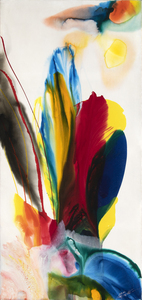ALEXANDER CALDER (1898-1976)










Provenance
Perls Galleries, New YorkPrivate Collection, Florida, 1974
175,000
History
Although renowned for his innovative and groundbreaking sculptures, Alexander Calder started his artistic career as an abstract painter, preferring to use gouache. What is gouache? Gouache is a water-soluble paint – a type of opaque watercolor.
As Calder returned to gouache painting towards the end of his life, he was now armed with a lifetime of experience as a sculptor. He explored the three-dimensional vocabulary of sculptural forms he had developed onto the two-dimensional surface of the paper. Certain shapes and colors recur throughout his gouaches and sculptures. Circles, ovals, and other geometric forms dominate the space. There is the same sense of energy and fluidity. The shapes do not sit on the surface but vibrate giving a feeling of movement in contrast to the static nature of painting.
Like his sculpture, Calder’s gouache works echo Mondrian’s bright palette of primary colors and the whimsical nature of Miro’s work, both artists that Calder admired greatly.




















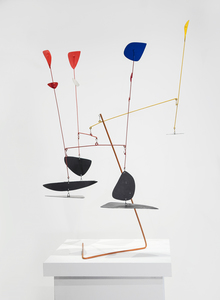
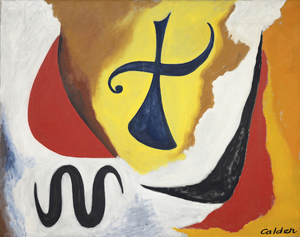













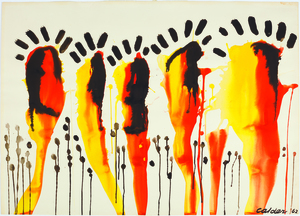


_tn45730.jpg )
_tn45729.jpg )
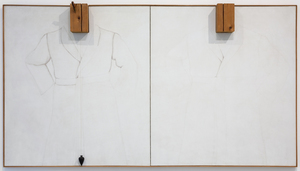






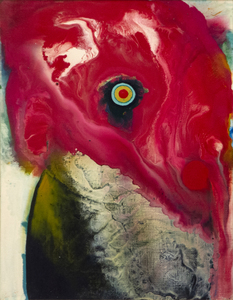
_tn43322.jpg )
_tn43321.jpg )
_tn39239.jpg )

_tn43320.jpg )

